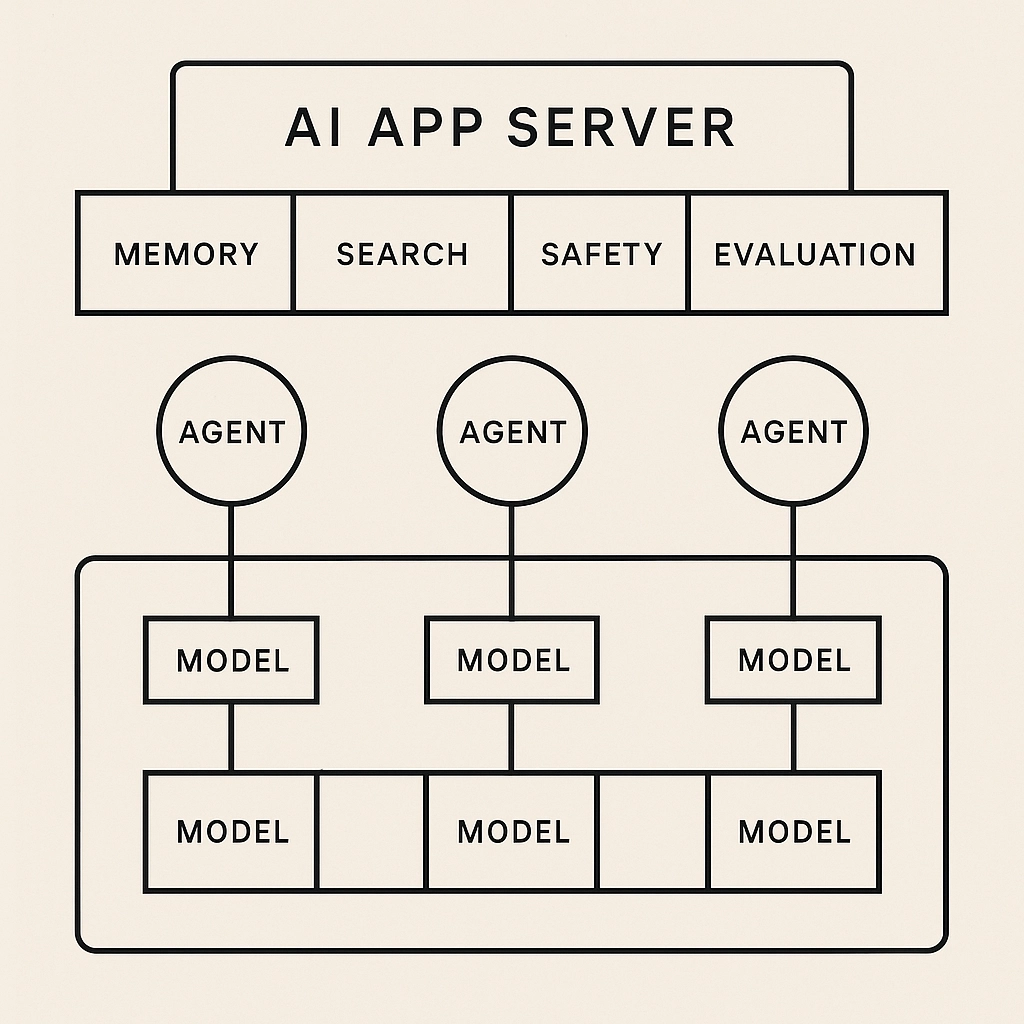TL;DR: LLMs can nudge shoppers toward better decisions (discoverability, fit, bundles) if you (1) ground prompts in real data (price, stock, reviews), (2) bound tone and strength (soft/neutral/firm), (3) expose why it’s recommended, (4) guardrail against manipulation (no fake urgency, no hidden cheaper options), and (5) measure both lift and customer trust (complaints/returns/fairness). Below is a production-ready pattern with prompt knobs, policy checks, UI hooks, and code.
1) Where “leading” helps (and where it shouldn’t)
Good fits (assistive framing):
Search & discovery: “You filtered for waterproof; want to include trail-ready soles under ₹4000?”
PDP companions: “Most buyers of X add Y for care/compatibility—interested?”
Size/fit guidance: “You chose brand A US-9 last time; want the same in this sneaker?”
Bundles: “Save 12% with the X+Y kit; should I compare specs for you?”
Avoid (dark patterns):
False scarcity/urgency, auto-adding items, hiding cheaper equivalents, pressuring language, sensitive-attribute targeting (health, financial distress) without explicit consent.
2) A practical nudge framework
Intent → Constraints → Evidence → Nudge → Choice
Intent: inferred task (“find waterproof running shoes under ₹4000”)
Constraints: budget, size, brand, stock, SLA, policy
Evidence: retrieved facts (price, ratings, stock, discount, compatibility)
Nudge: a suggestive question with a strength control (soft/neutral/firm)
Choice: explicit accept/decline + “Why this?” explainer
Nudge strength taxonomy
soft: “Would you like to…”neutral: “You can…”firm(use sparingly, never coercive): “Shall I add…?” (only when user clearly signaled intent)
3) Prompting that’s grounded, bounded, explainable
System rules (excerpt):
Use provided facts only (price, stock, rating, discount, compatibility).
Prefer soft/neutral tone; firm allowed only if
safe_to_assume=true.Always offer an equally good cheaper alternative when exists.
Include a brief benefit (“saves ₹350”, “compatible with SKU X”).
Provide a Why this? rationale object (IDs/attributes).
Never assert urgency unless
promo.ends_atis within 24h and verified.
4) Implementation (TypeScript/Node sketches)
4.1 Typed suggestion request (server)
// contracts.tsexport type NudgeStrength = "soft" | "neutral" | "firm";4.2 Evidence-aware LLM call
// suggest.tsimport { SuggestionInput, SuggestionOutput } from "./contracts";import { callLLM } from "./llm"; // your provider wrapper4.3 Front-end rendering (React)
// Suggestion.tsxexport function Suggestion({ s }: { s: SuggestionOutput }) { return ( <div role="status" aria-live="polite" className="rounded-xl p-3 border"> <p>{s.text}</p> {s.alt && <p className="text-sm opacity-70">Alternative: {s.alt.text}</p>} <div className="mt-2 flex gap-2"> <button className="btn-primary">{s.controls.cta}</button> <button className="btn-ghost" aria-label="Why this?" title="Why this?">Why?</button> </div> {/* “Why this?” panel */} <details className="mt-2"> <summary className="cursor-pointer">Why this?</summary> <ul className="text-sm list-disc pl-4"> {s.rationale.benefits.map((b,i)=><li key={i}>{b}</li>)} </ul> <div className="text-xs mt-1 opacity-70">Based on: {s.rationale.evidenceSkus.join(", ")}</div> </details> </div> );}5) Policy & ethics guardrails (operational, not aspirational)
Truthfulness: no benefits or urgency unless included in evidence input.
Alternatives: if a cheaper equivalent exists, show it (or “Compare instead”).
Consent: personalization only with user consent; clear “Adjust recommendations” controls.
Sensitive use: do not infer or target protected attributes; obey regional regulations.
No coercion: never auto-add items; “firm” prompts require explicit user signal (
safeToAssume=true).
6) Measurement: optimize lift and trust
Primary uplift
Attach rate, AOV, bundle take-up, CTR on suggestions, conversion
Guardrails
Return rate delta, cancellations, negative feedback rate, CS contacts per order, fairness across segments (no disproportionate pressure on any cohort)
Experience
Time-to-first-suggestion (TTFS), accept/decline ratio, “Why this?” open rate
Experiment design
A/B/C with nudge strength and tone; bandit to converge by intent slice
Report both lift and guardrails in dashboards; auto-rollback on guardrail breach
7) RAG & data plumbing (keep the model honest)
Evidence pack: product specs, compatibility, price, stock, promo terms, ratings (counts & averages).
Retrieval: hybrid (lexical + dense) for candidate sets; rerank; de-dup variants.
Freshness: CDC → index in minutes; never cache promo end times beyond TTL.
Provenance: carry SKU IDs and policy IDs into the prompt and the rationale.
8) Anti-patterns (don’t do these)
“Everyone is buying this now!” without verified cohort data.
Hidden alternatives or price steering without disclosure.
“Offer ends soon!” with no verified
ends_at.Re-prompting the LLM until it says what you want (score theater).
Storing raw prompts with PII in logs.
9) 30/60/90 rollout plan
0–30 days
Define
SuggestionInput/Outputcontracts; implement evidence-aware prompting + policy enforcementShip soft nudges only; add “Why this?” explainer
Baseline metrics + guardrails in dashboards
31–60 days
Add bundles & compatibility nudges; introduce neutral tone in A/B tests
Bandit routing by intent slice; add cheaper-alt requirement
RAG improvements (hybrid retrieval, reranker) for better candidate quality
61–90 days
Consider limited firm prompts where
safe_to_assumeis true (e.g., user clicked “Compare bundle”)Expand to voice/WhatsApp channels (SSE/WebSocket streaming for suggestions)
Quarterly ethics review + fairness audits; publish internal guidelines
Closing
LLMs are persuasive by default—your job is to channel that power into helpful, truthful, and respectful nudges. Ground the suggestion in facts, bound the tone, explain the “why,” and watch both conversion and trust trend up—together.






Comments